Early morning, a large crowd gathers outside the gates of the Engelbrecht van Nassau barracks, Roosendaal, the Netherlands. Inside the gate, soldiers line the route to the square. Just after 8 ‘o-clock a small squad of men, dirty, tired and carrying heavy rucksacks, marches in, led by their team of instructors. The crowd cheers the ‘survivors’ of the Basic Commando Training course of the Dutch army’s Commando Regiment (Korps Commandotroepen, KCT). They are the ones who made it through the grueling weeks that lay behind them. Among them some who started the course straight from civilian life. A unique program soon to be followed by the U.S. Army Special Forces. “DDP offers you a closer look at the Commando Regiment selection course. The race to earn the Green Beret is on.
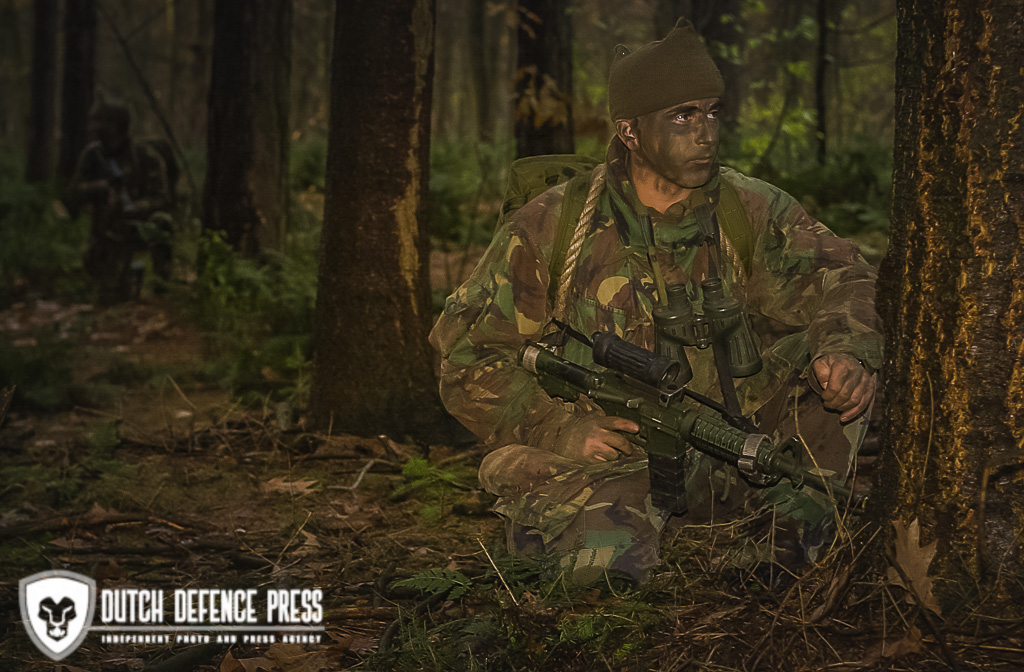
“We recruit from civilian life as a necessity”, starts 1st Lt. Jack Bakker. He is the Regiments officer in charge of recruitment, selections and public relations. “The Dutch army is just too small to provide enough potential recruits”, he continues. “Our ideals are to recruit only those with military backgrounds, preferably infantry. Reality demands we also try our luck with civilians, who we call ‘spijkerbroeken’ (Dutch for jeans). In no means do we allow lower standards for both groups.”
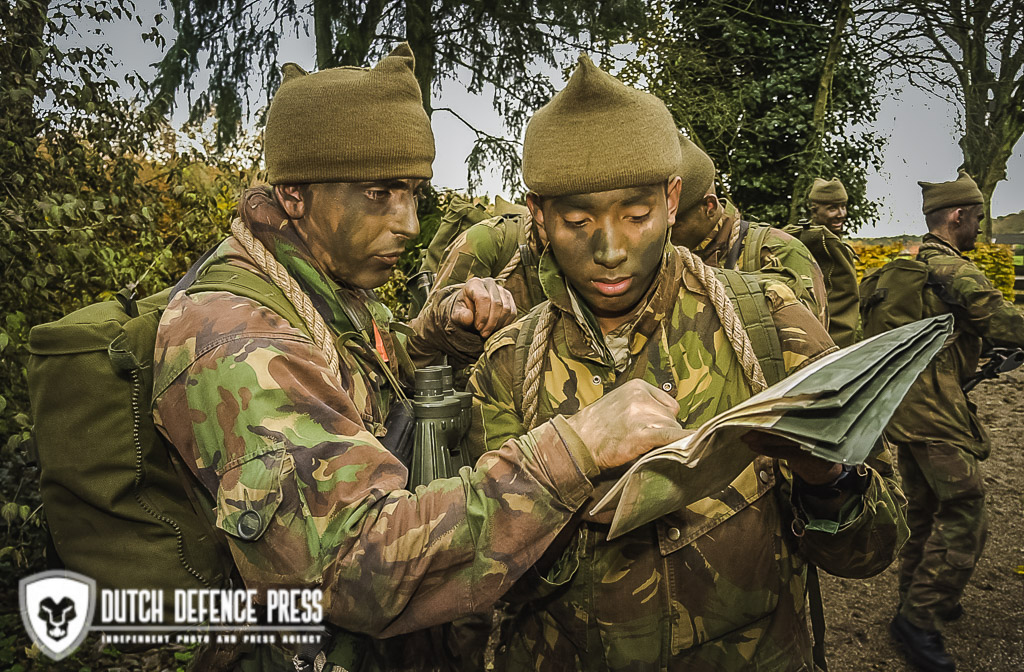
The Defence Recruitment and Selection Directorate take care of the selection of the civilians. These have to meet stringent criteria for mental and physical ability. The military candidates go through a two-day selection program at the Regiment. Here they must show physical fitness and do a couple of interviews. Failing a single item means the candidates go straight back to their own unit. Military candidates come from all units within the Dutch army. They can apply for a position with the Regiment according to their present rank and includes NCO’s and officers.
From day one the civilians are in the care of the Regiment’s own Instruction Company. The recruits start with twelve weeks of Basic Training (BT). The average size of the group starting BT is between fifty and sixty. All the company’s instructors are fully-fledged commando’s them-selves. They have a good knowledge of what kind of person they want in the teams. The core of the instruction team will stay with them all through graduation.
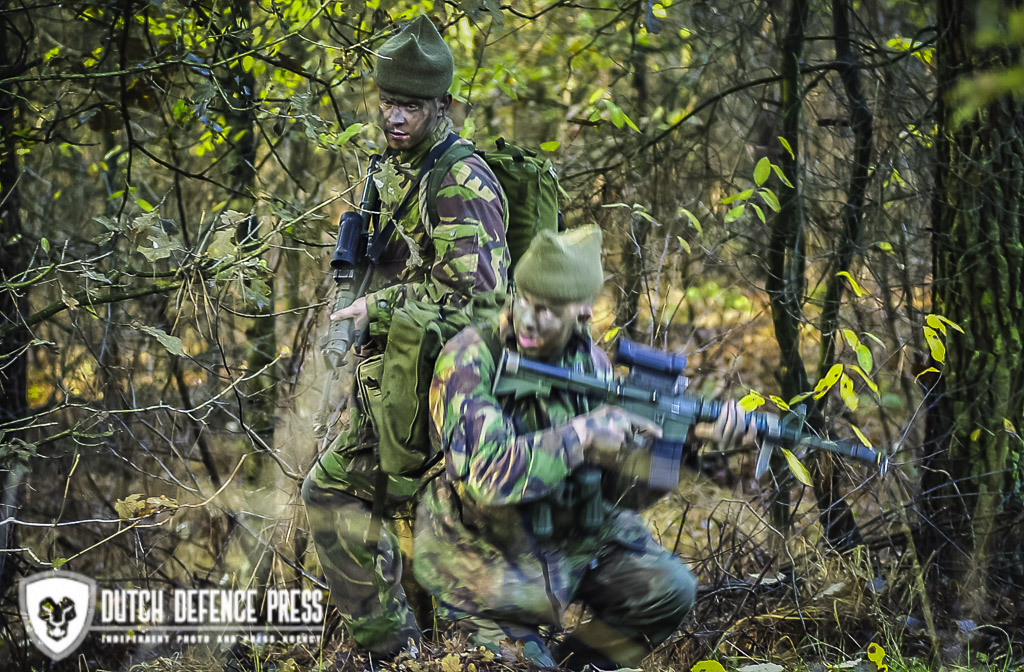
Although BT is basically the same throughout the Dutch army, this one is a little tougher. There is more emphasis on physical fitness, even as all recruits must be in good shape before they start the course. A little more map and compass work and shooting prepare the recruits better for the things to come later on.
The dropout rate is cause for concern but there is no way to stop it. Making life easier for the recruits is not an option. Remember, they still want to join a Special Forces regiment.
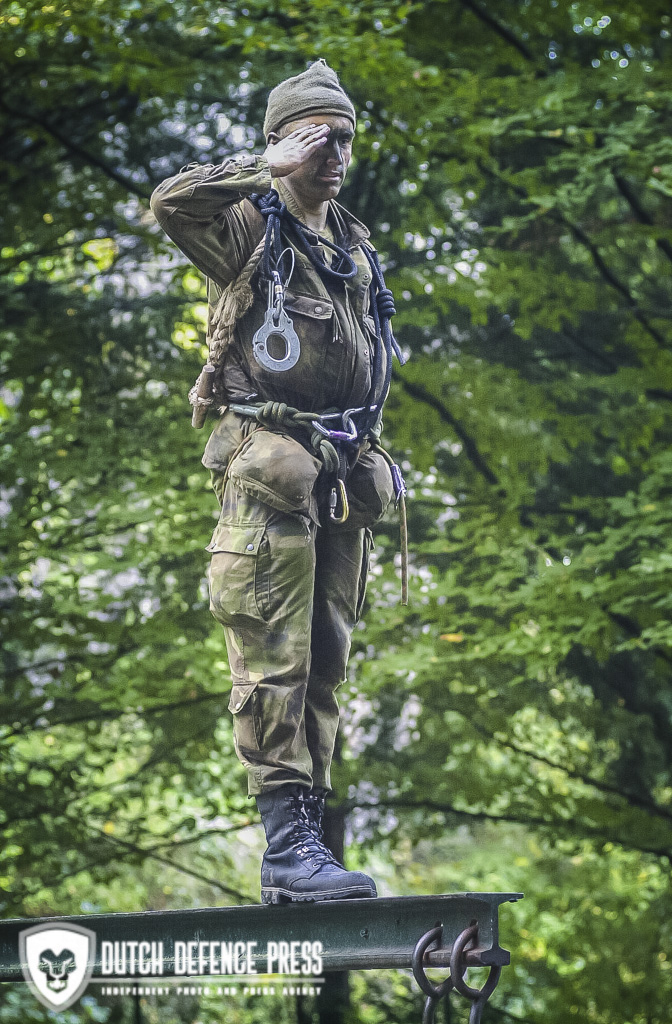
1st Lt. Bakker: “During information sessions I don’t show them any film. I just talk to them, trying to get the romantic picture they have of Special Forces and special operations out of their heads. It is hard to let them imagine what it is like to be cold, hungry, wet and tired all at the same time. Still they will be just that regularly during their time with the Regiment and not just in training.”
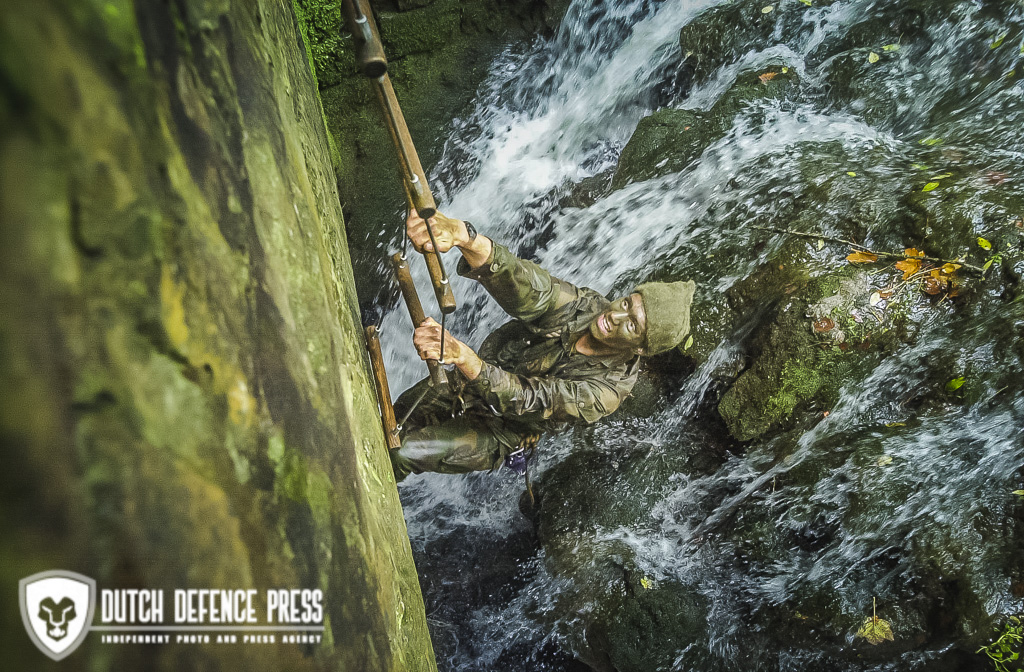
Three weeks before the end of BT, the military commando-recruits join the ‘spijkerbroeken’. For them the last three weeks of BT are a sort of refresher course. The soldiers, and on every course a few Dutch marines, have to get used again to the relentless pace of training and fieldwork. It is also important to get to know the other recruits before they all start the Basic Commando Course. Capt. Henk Heesakkers, commander Instruction group Commando Training explains: “It is almost a culture shock for the soldiers when they join BT. It is really tough to jump on the fast-moving train the ‘spijkerbroeken’ are on already for the last nine weeks. Some just cannot cope and go back to their old unit.”
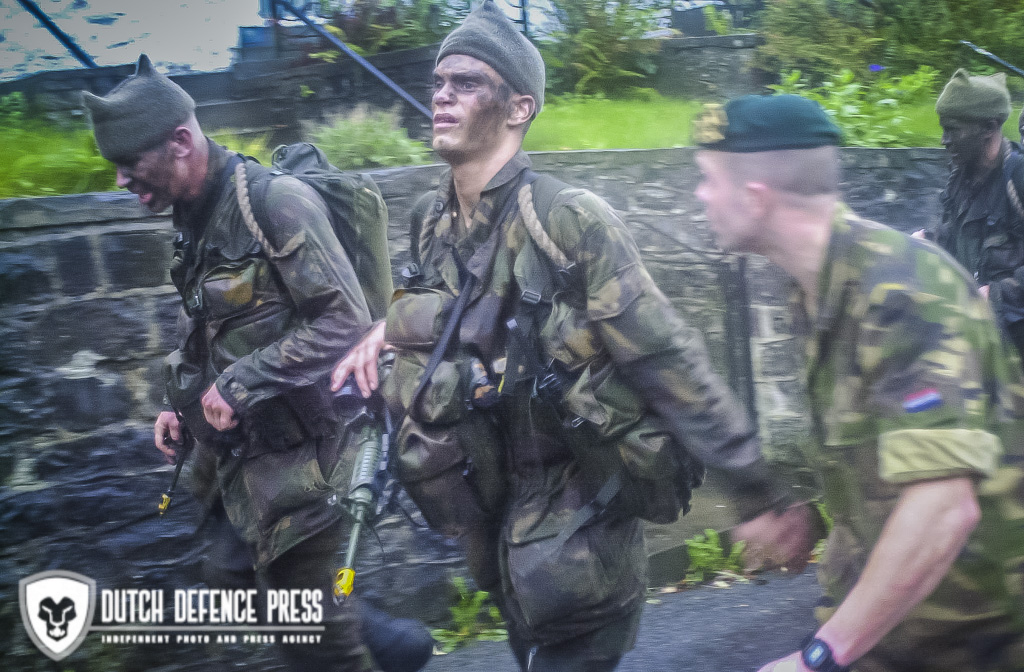
Now that the recruits and soldiers are ready, the real selection-training can begin. Basic Commando Training (Elementaire Commando Opleiding, ECO) starts with a transfer from the cosy barracks to a special permanent camp called ‘Bakhuys Roozeboom Commando Kamp’. The camp is no more than a handful of large unheated tents acting as quarters and a couple of sea-containers as storage. The only brick building is the classroom and instructors mess. The Regiment is proud of its WW2 commando-heritage and BCT is full of it, starting with living in Spartan conditions for nine weeks. The brown army beret is replaced by a cap-comforter first worn by their WW2 predecessors and the men carry a toggle (short piece of climbing rope with a loop at one end and a peg at the other) at all times. They are never without their weapon and ops-vest containing munitions, food, water and survival-kit. All movement is on the double and the discipline is strict. The instructors change from being amicable, helpful during BT to unpredictable and strict during BCT. All recruits are stripped of rank and are called ‘cursist’ (Dutch for trainee) for the duration. During the nine-week BCT there is no distinction between the civilian and military trainees. All are on the same level of proficiency when it comes to basic soldiering skills. Even though the recruits carry no rank, the NCO’s and officers among the recruits still have to show their leadership capabilities.
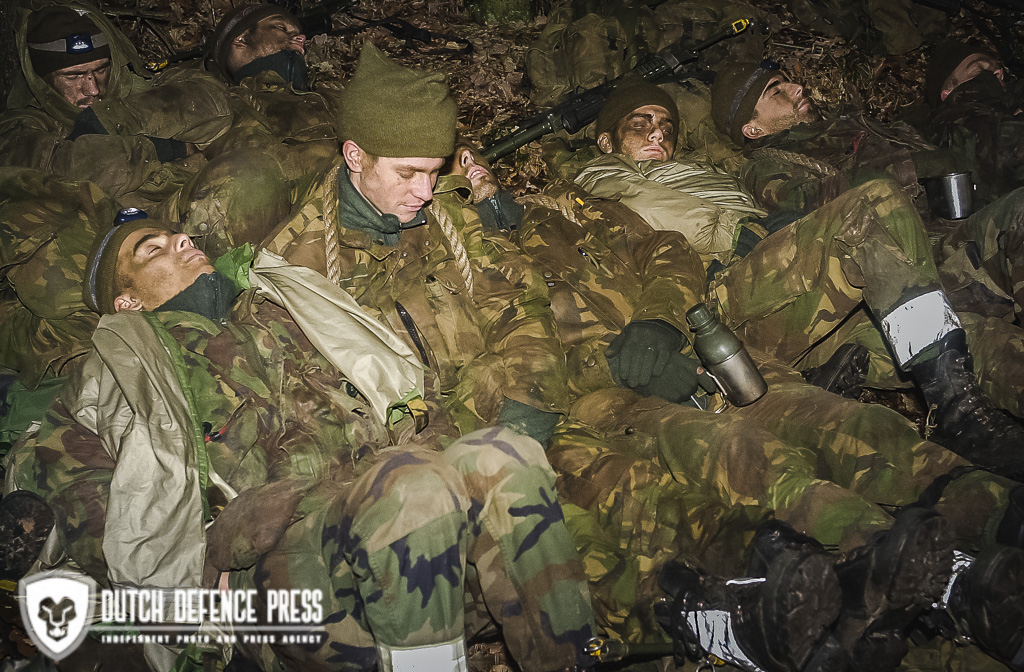
The trainees spent most of their time, day and night, outdoors in the field. They sleep in self-dug holes, camouflaged, as they would during a real operation. Sleep is a luxury during this phase of the training. Seven hours a week is all they are getting if they are lucky. “Here we see a natural selection. The true nature of the trainee’s surfaces”, says Capt. Heesakkers. Regular training is mixed with visits to specialized teams like the Regiment’s own water school and the climbing range in Marche Les Dames, Belgium.
Small boat operations and the ever-favorite floating packet are on the curriculum during the visit to the water school. It means the recruits paddle for kilometres on end and learn how to keep their equipment dry when they have to cross a stream or river.
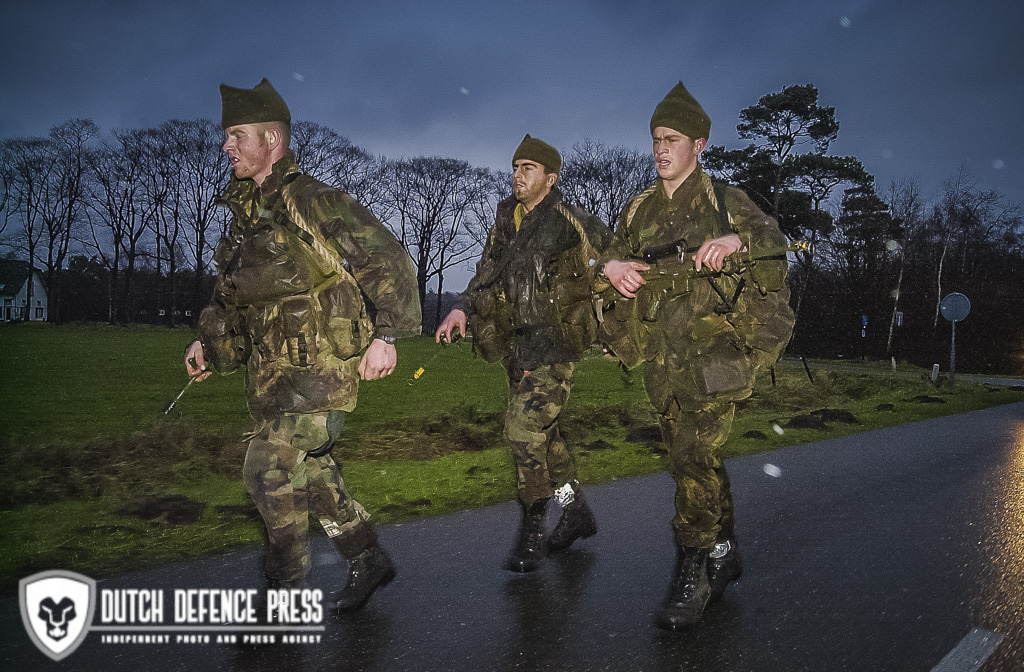
The visit to the climbing school at Marche Les Dames is really tough. Especially when the rain doesn’t stop and everything gets slippery and cold. Still they have to learn the basics of working with heights, climbing, rappelling and abseiling. The end of the stint in Belgium is particularly brutal. The seven-kilometre forced march across hilly terrain is considered the toughest in the Dutch military, and it really is. Motivated by their instructors who run along with them, the muscles hurt and the lungs almost burst. At the finish they all must sing the commando-song out loud. Sounds stupid, but like everything else there is a reason. One of the principles instilled in the recruits is that they must be able to perform their given task no matter what, even after an exhausting physical ordeal. They must meet the goals set but also pace themselves so as not to completely use up all their energy.
The focus of the Commando Regiment is special reconnaissance (SR) and close target reconnaissance (CTR). The selection course gives the soldiers a good solid base to perform these tasks. They learn how to make belly-hides. These holes in the ground are just big enough for two to keep an eye on the target. It is no mean feat to dig the hole and camouflage it in complete silence and darkness. An even bigger feat is staying in these holes for days on end with only a small slit to watch the outside world. Another challenge is trying to get close enough to a target to observe, but to stay hidden. Moving slowly and deliberately the trainees try to keep the instructors from seeing them.
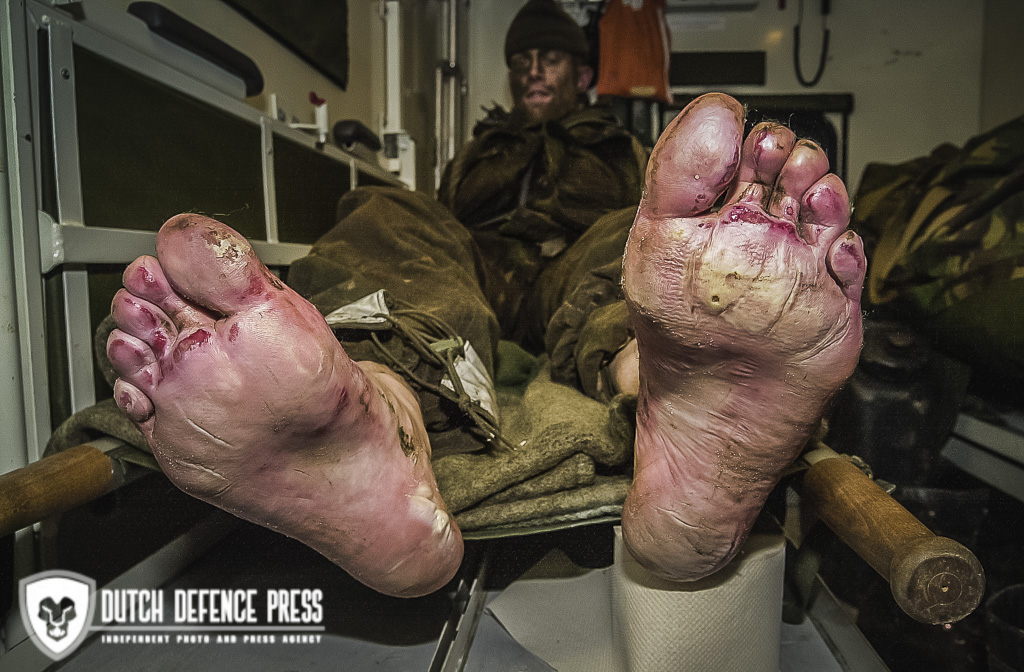
Seeing and observing is one thing, reporting is another. They learn how to make sketches and reports is such a way others can use these easily. Someone unfamiliar with the terrain must be able to go there with the report and instantly recognize important features and targets.
Lots of time is spent out in the open working on physical fitness and team spirit. The ‘Arnhem assault course’ next to their camp is a regular item in the schedule as is the rope course close by. Otherwise the fields and woods nearby offer a good opportunity to get dirty and tired.
Survival in the field is another of the important features in training. Usually working far behind enemy lines, out of reach of support, the commando’s must be able to fend for themselves. They learn how to catch small animals and fish, kill them in a humane manner and prepare them on self-build ovens.
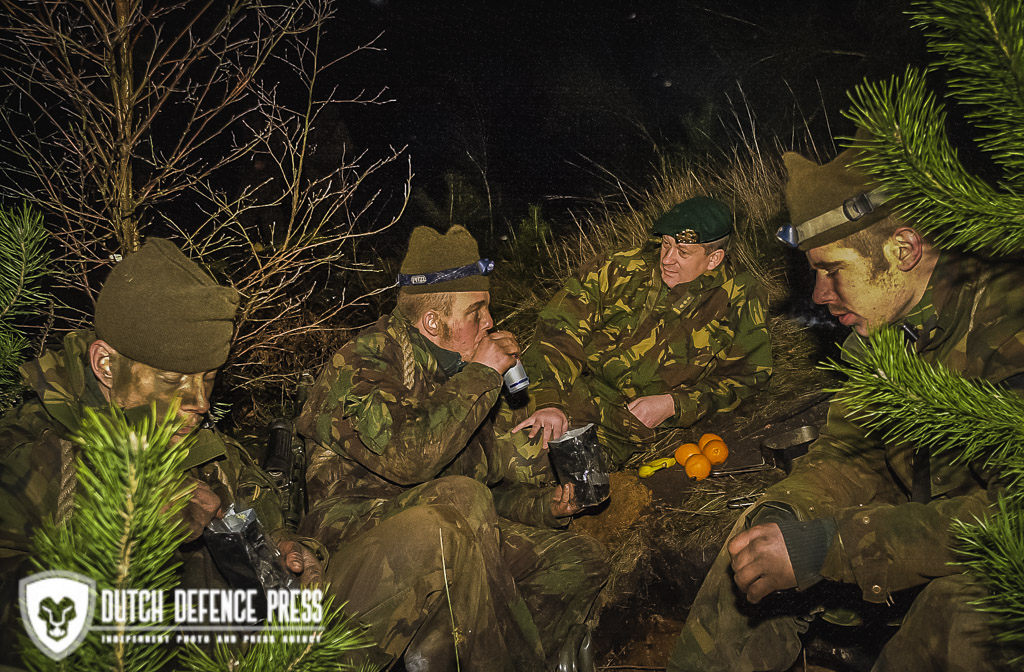
Besides keeping themselves alive, the recruits have to stay in touch. The Regiment has more communications equipment than a mechanized battalion and learning to use all of it is left to the communications-experts in the teams. The trainees learn the basics and how to handle most used radios and procedures during BCT.
To round of the BCT, the trainees perform a two-week final exercise in teams of four. Here everything they have learned so far is put into use. Normally this exercise is conducted in the forests of Germany. The recruits go through all the phases of a normal commando operation. They get their orders and go into isolation to plan everything from insertion to extraction. This time the plan was to fly into Germany using British army Lynx helicopters, do an area reconnaissance, a target reconnaissance and an egress by helicopter. Unknown to the recruits their helicopter would crash on the way out and they would have to walk out on foot. The twist was the wounded pilot (played by a Dutch army reserve volunteer) they had to take with them and the loss of half their stuff. Of course the pilot had nothing to begin with and their egress took three days.
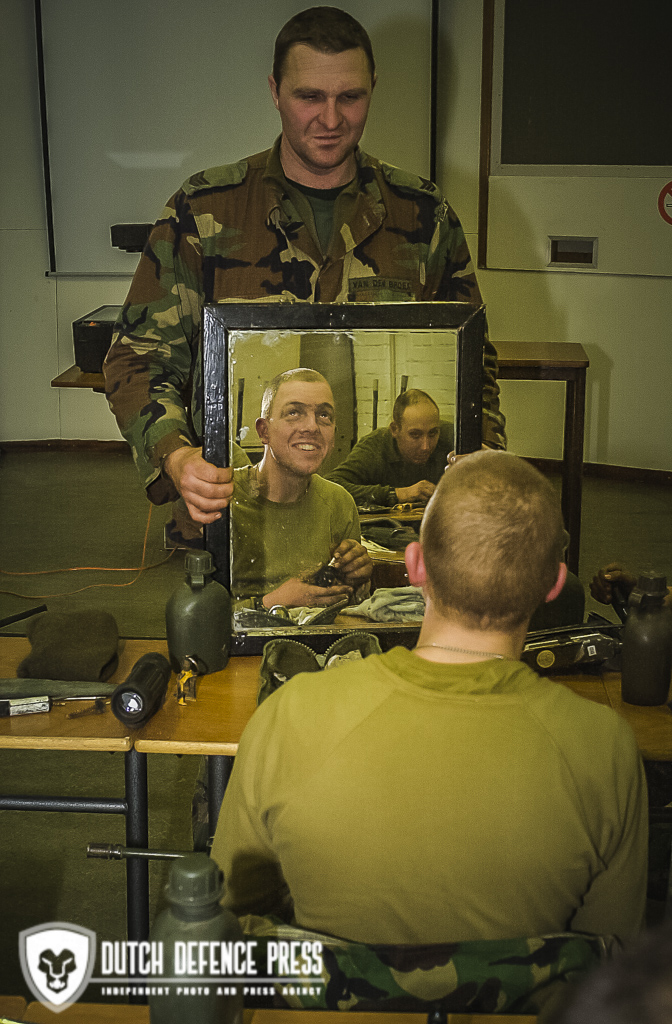
Straight from the field the whole group boarded a Belgian Hercules for the flight back to Eindhoven AB. From here, the teams had to walk al the way back to the barracks, about 100 kilometres. A forced march brings them to a point near their final destination.
The Commanders March, 25 kilometres with heavy packs brings them to the ‘gate of tears’ and into the barracks. In the afternoon, they receive the coveted Green Beret in front of the whole Regiment and their parents, family and friends. The official ceremony has remained unchanged for a long time. It even brings out the Regimental flag. The recruit who performed best according to the others and the instructors is awarded the Sturgess-cup. First awarded in WW2 by the British general Sturgess it is still another of the traditions kept by the Regiment.
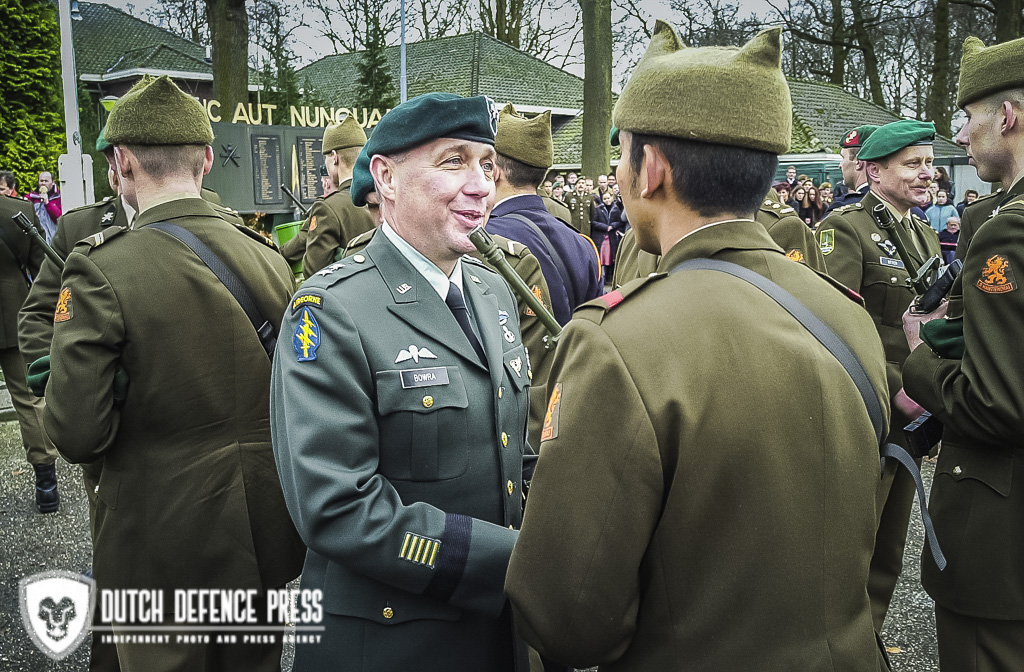
Before they can wear the Green Beret, the ceremony calls for the throwing on the ground of the cap-comforter. The first time the recruits wear the green commando beret is an emotional event. They really have to fight the tears. When the Regimental flag is gone, the new commando’s are welcomed into the Regiment by their peers. Unceremoniously the new commando’s are doused in beer and forced to drink it from their new berets. Only now can the family and friends join the men to celebrate.
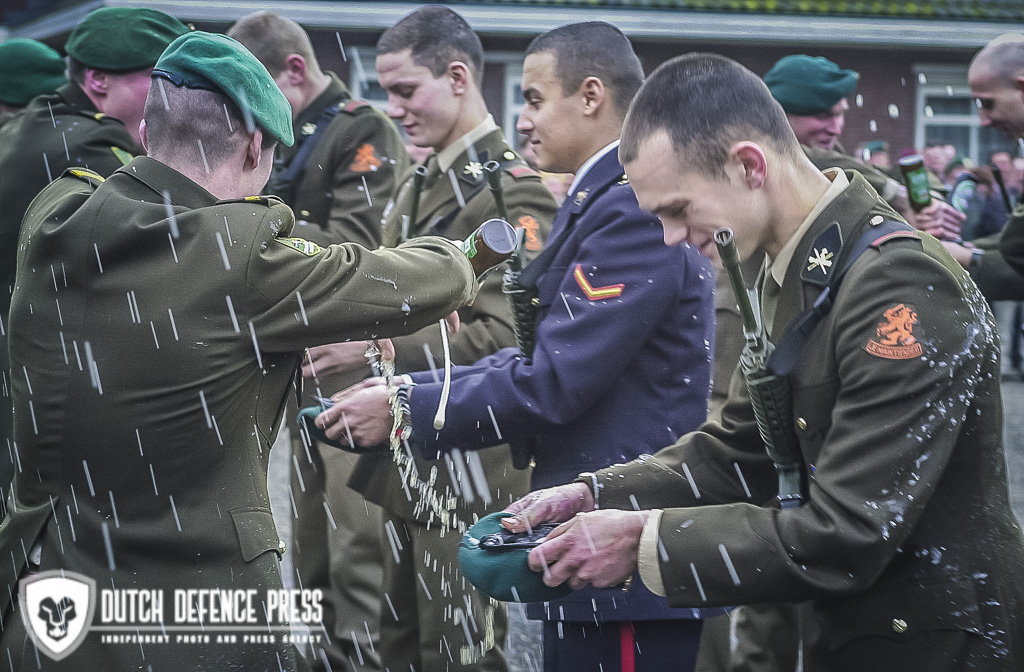
This is not the end, the green beret signals the beginning of a gruelling training period lasting half a year and where they will learn how to free-fall, and specialize in being a medic, sniper, demolitions expert or communications expert. Only then, they join one of the three special operations companies of the Dutch army Commando regiment, whose motto is “Nunc aut Nunquam”, now or never. By this time, nobody knows who was a military or civilian recruit in the first place.



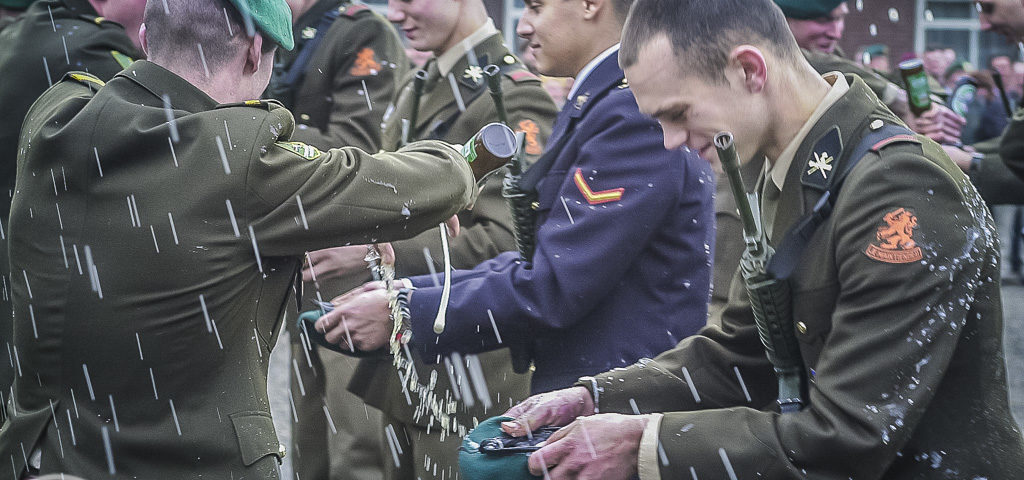
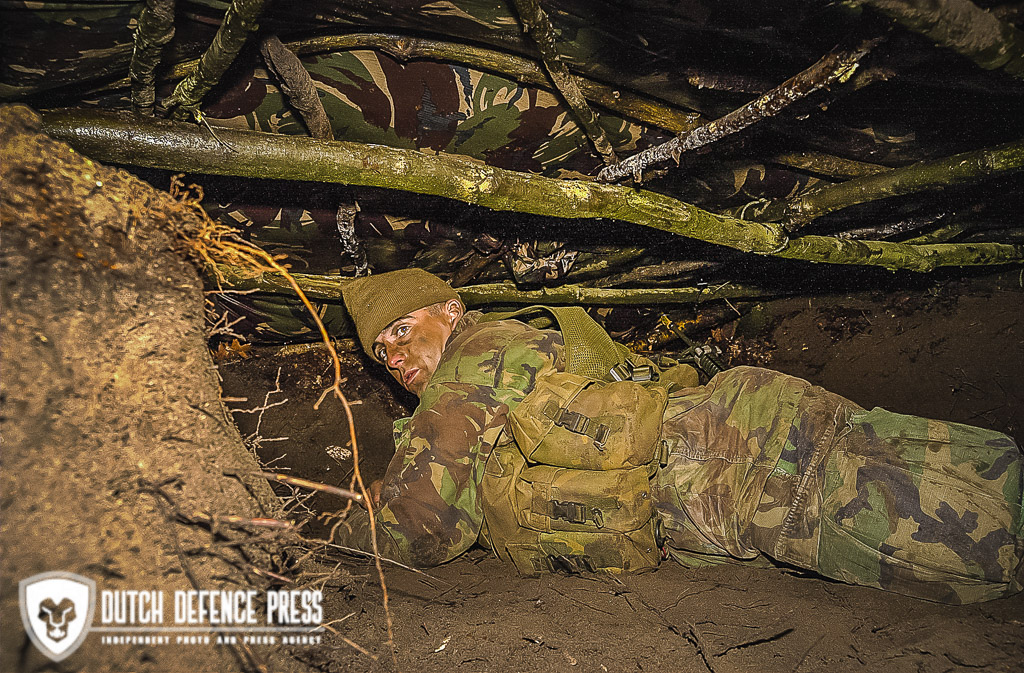
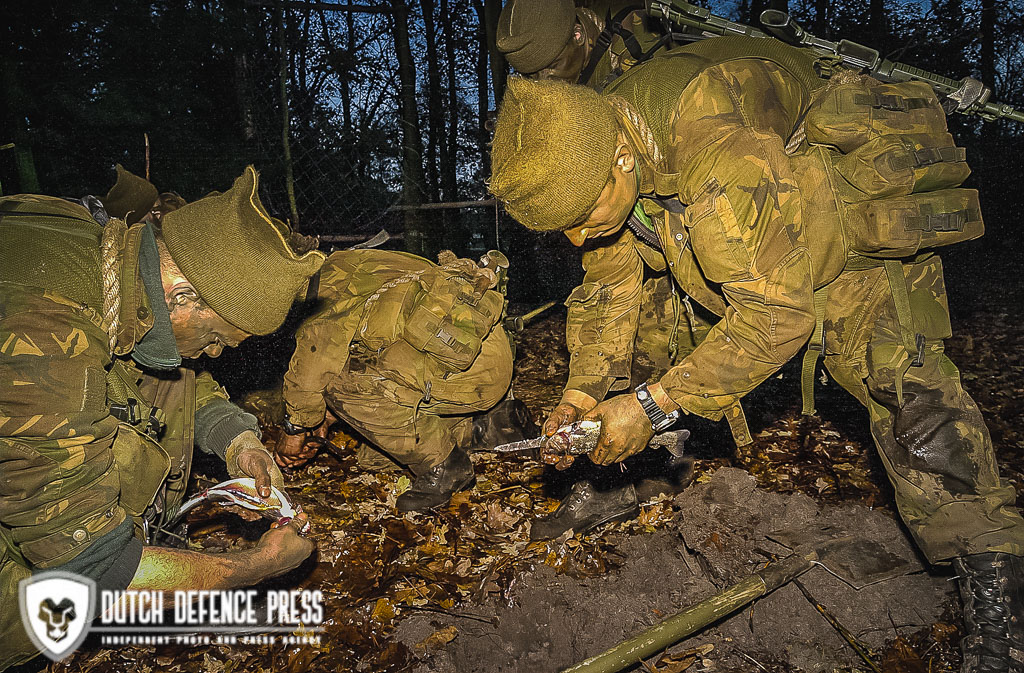
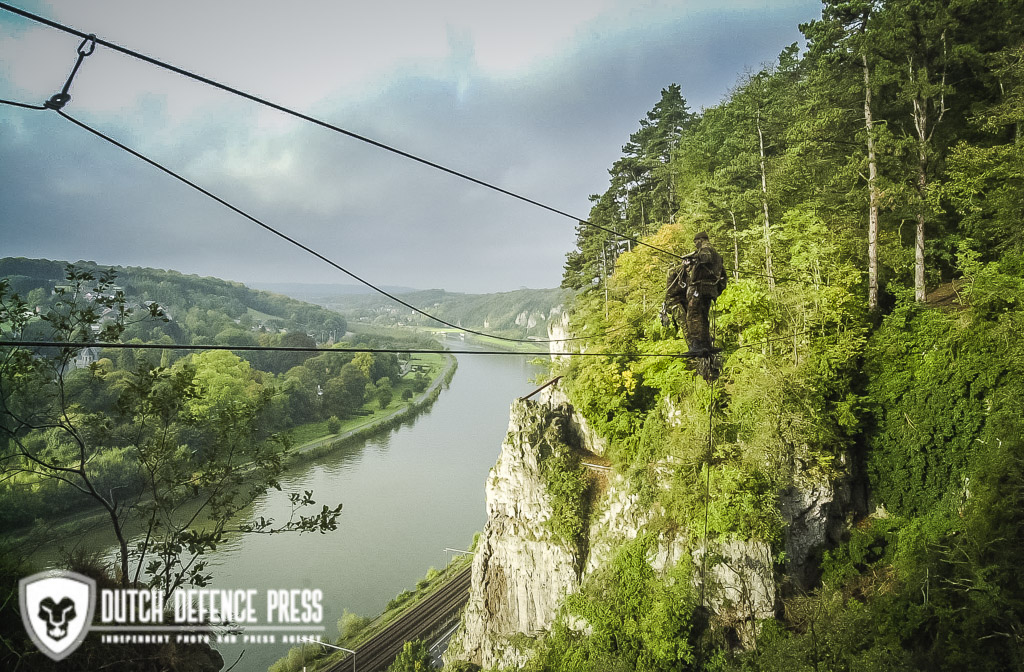
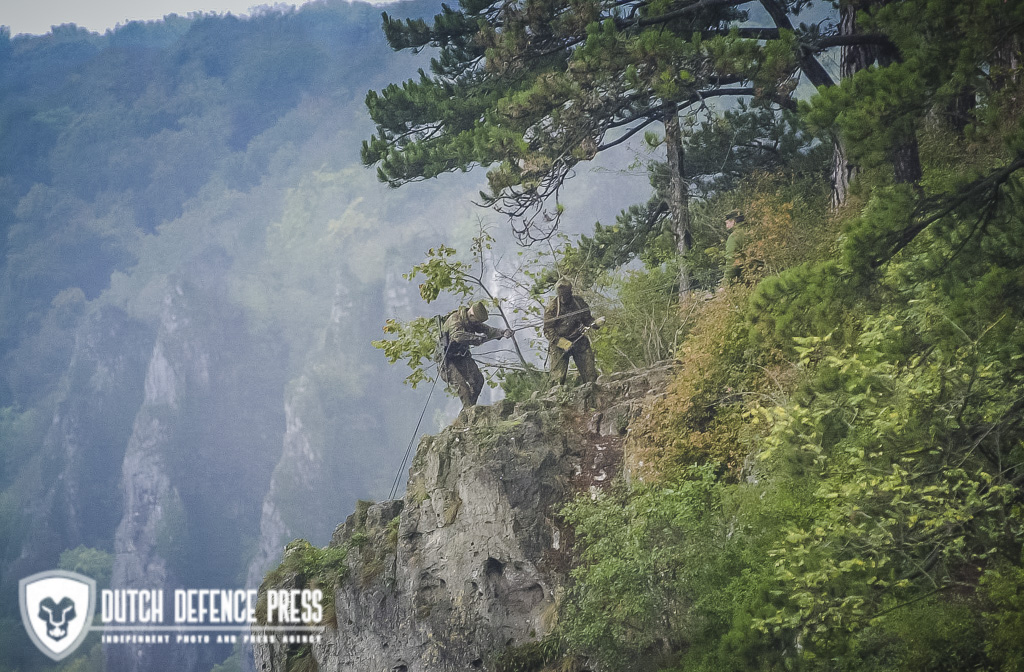

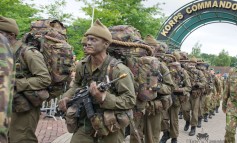
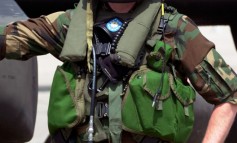
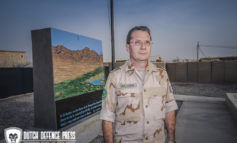
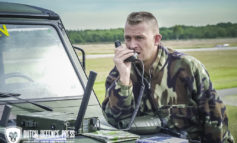
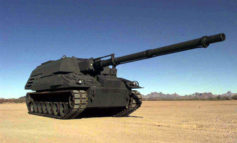



3 Comments
noel g ryan
14 februari 2015 at 11:16very impressive.best wishes
Werner Grootenboer
12 januari 2018 at 23:26I was a commando in the years 56/57 in the 5th commado my Captain was vander Zee,and LT van de Kolk.
Werner Grootenboer
12 januari 2018 at 23:28[ served in 56/57